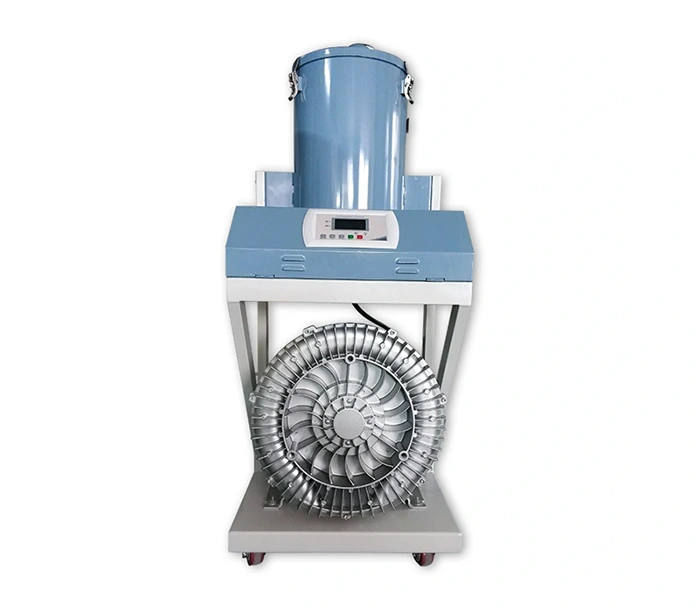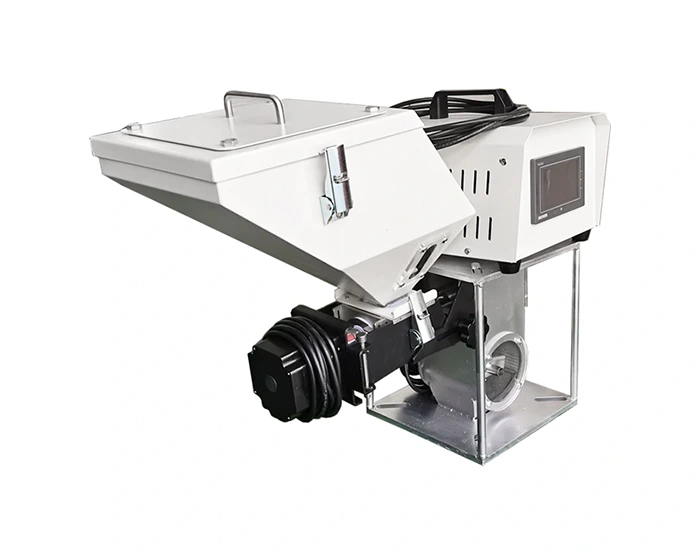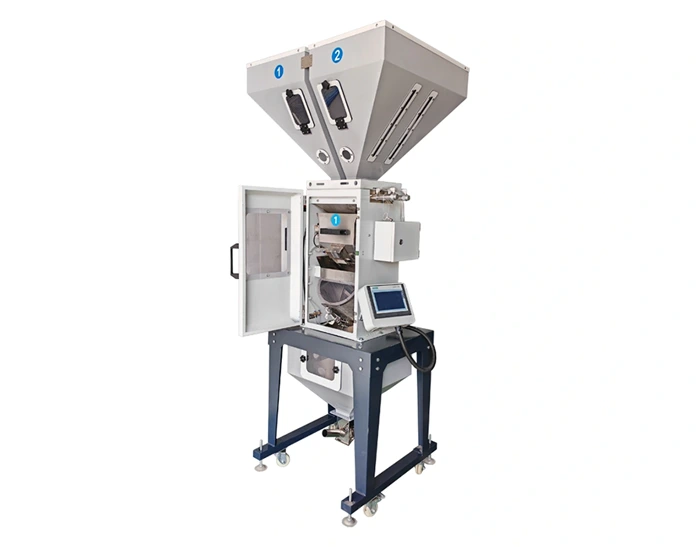In humid seasons, moisture is ubiquitous in both home environments and industrial production, causing inconvenience to people’s lives and work. At this point, the dehumidifier has become an indispensable helper for us. It can effectively remove moisture from the air and create a dry and comfortable environment. However, did you know? Dehumidification dryers are not just a single type, but have evolved into multiple categories based on different needs and scenarios. This article will take you to a deeper understanding of several major categories of dehumidifiers and dryers, making your selection more convenient.

Classified by usage scenario
1. Household dehumidifier dryer
-Features: The household dehumidifier dryer has a compact design, beautiful appearance, low noise, and is suitable for various rooms in the home environment, such as bedrooms, living rooms, kitchens, etc. They typically have multiple humidity control modes that can automatically adjust humidity according to user needs, keeping indoor humidity within a comfortable range.
-Application scenario: During the rainy season in the south, household dehumidifiers and dryers can effectively reduce indoor humidity and prevent furniture and clothing from becoming moldy; In winter in the north, due to indoor heating, the air becomes dry. Household dehumidifiers and dryers can increase indoor humidity and alleviate problems such as dry skin and poor breathing.
-For example, a certain brand of household dehumidifier dryer adopts advanced silent technology, with a noise level of only 30 decibels during operation, which will not disturb the rest of family members. At the same time, it is also equipped with an intelligent humidity sensing system that can automatically turn on and off the machine according to indoor humidity, which is energy-saving and environmentally friendly.
2. Industrial dehumidification dryer
-Features: Industrial dehumidifier dryer has high power, strong dehumidification ability, and can quickly reduce humidity in large areas of space. They usually have durable structures that can adapt to harsh industrial environments and operate stably for long periods of time. In addition, industrial dehumidifiers and dryers can be customized with different functions and specifications according to different industrial needs.
-Application scenarios: In industries with strict humidity requirements such as electronics, pharmaceuticals, and food processing, industrial dehumidifiers play a crucial role. For example, in the production workshop of an electronics factory, high humidity may cause electronic components to become damp and damaged, affecting product quality. At this point, industrial dehumidifiers and dryers can control humidity at extremely low levels to ensure a dry production environment.
-For example, an industrial dehumidification dryer used by an electronics factory can achieve a dehumidification capacity of several hundred liters per hour, which can meet the dehumidification needs of large production workshops. At the same time, it also has remote monitoring function, and management personnel can understand the real-time operation status of the equipment through their mobile phones or computers, which is convenient for maintenance and management.
Classified by working principle
1. Cooling, dehumidification and drying machine
-Features: The cooling dehumidification dryer cools the humid air through a cooling system. When the air temperature drops below the dew point temperature, the water vapor in the air condenses into water droplets, thereby achieving the purpose of dehumidification. This dehumidification method has mature technology and low cost, but the dehumidification effect is greatly affected by the ambient temperature.
-Application scenario: In environments with high temperature and humidity, the cooling dehumidification dryer has a more significant effect. For example, in some factories and workshops in tropical regions, the temperature is high and the humidity is also high in summer. Using a cooling dehumidification dryer can quickly reduce humidity and improve the working environment.
-For example, common household air conditioners have certain cooling and dehumidification functions. When the dehumidification mode of the air conditioner is turned on, the compressor inside the air conditioner starts working, and the refrigerant evaporates and absorbs heat in the evaporator, causing the surface temperature of the evaporator to decrease. When humid air passes through the evaporator, water vapor condenses into water droplets when cooled, and drips onto the water tray before being discharged outside, thus achieving the dehumidification effect.
2. Rotary dehumidifier dryer
-Features: The rotary dehumidifier dryer adopts a honeycomb shaped rotary wheel, and the surface of the rotary wheel is coated with moisture absorbent. When humid air passes through the impeller, water vapor is adsorbed by the moisture absorbing agent, and then the impeller slowly rotates. When passing through the heating area, the moisture in the moisture absorbing agent is heated and vaporized, forming dry air that is discharged. The dehumidification effect of the rotary dehumidifier is not affected by the ambient temperature and can work normally in low-temperature environments.
-Application scenarios: In some places with high humidity control requirements, such as laboratories, precision instrument manufacturing workshops, etc., rotary dehumidifiers and dryers are ideal choices. It can precisely control the humidity at a lower level to meet the needs of special processes.
-For example, a rotary dehumidifier dryer used in a laboratory can control humidity within an accuracy range of ± 5%. The wheel is made of special moisture absorbing material, which has strong moisture absorption ability. Even in environments with humidity as high as 90%, it can quickly reduce the humidity to the set value.
3. Lithium chloride dehumidification dryer
-Characteristics: Lithium chloride has strong deliquescence and can absorb a large amount of water. Lithium chloride dehumidification dryer uses lithium chloride solution as the moisture absorbing medium. When humid air passes through the lithium chloride solution, water vapor is absorbed, thereby achieving the purpose of dehumidification. This dehumidification method has efficient dehumidification capability, but requires regular replacement of lithium chloride solution.
-Application scenarios: In some industries that are extremely sensitive to humidity, such as lithium battery manufacturing, pharmaceutical production, etc., lithium chloride dehumidification dryers have been widely used. It can provide a stable low humidity environment for the production process, ensuring the quality and performance of the product.
-For example, a lithium battery production enterprise uses a lithium chloride dehumidification dryer that can control the humidity in the workshop below 1%. By precisely controlling the concentration and flow rate of lithium chloride solution, high-precision regulation of humidity has been achieved, providing reliable guarantees for the production and storage of lithium batteries.
Classified by functional characteristics
1. Heating type dehumidifier dryer
-Features: The temperature increasing dehumidification dryer can not only dehumidify, but also heat and increase the temperature of the air. This type of dehumidifier is suitable for cold and humid environments, as it can remove moisture from the air and increase indoor temperature, making the environment more comfortable.
-Application scenario: In winter in the north, when there is a need for both heating and dehumidification indoors, a temperature increasing dehumidifier dryer comes in handy. For example, in some old residential areas without centralized heating, residents can use temperature rising dehumidifiers to solve the problems of indoor humidity and coldness.
-For example, a certain heating type dehumidifier dryer has an independent heating module that can increase the air temperature by more than 10 ℃ during the dehumidification process. Users can adjust the heating temperature and dehumidification intensity according to their actual needs, achieving personalized humidity and temperature control.
2. Purification type dehumidification dryer
-Features: The purification type dehumidifier not only dehumidifies, but also comes with air purification function. It usually adopts a multi-layer filter structure, which can filter out small particles such as dust, pollen, bacteria, etc. in the air, providing users with healthier and fresher air.
-Application scenario: For people with allergies and places with high air quality requirements, such as hospital wards, kindergartens, etc., a purification type dehumidifier dryer is a good choice. It can effectively remove allergens and pollutants from the air, protecting people’s physical health.
-For example, the purification type dehumidification dryer used in the ward of a certain hospital not only has strong dehumidification ability, but also is equipped with high-efficiency HEPA filter and activated carbon filter. It can filter out 99.97% of bacteria, viruses, and harmful gases in the air, creating a safe and comfortable treatment environment for patients.
Overall, as an important humidity control device, dehumidifiers play an irreplaceable role in our daily life and industrial production. Different types of dehumidifiers have their own characteristics and advantages, suitable for different scenarios and needs. When choosing a dehumidifier dryer, we should comprehensively consider factors such as actual usage environment, humidity requirements, functional requirements, etc., and choose the most suitable product for ourselves.



